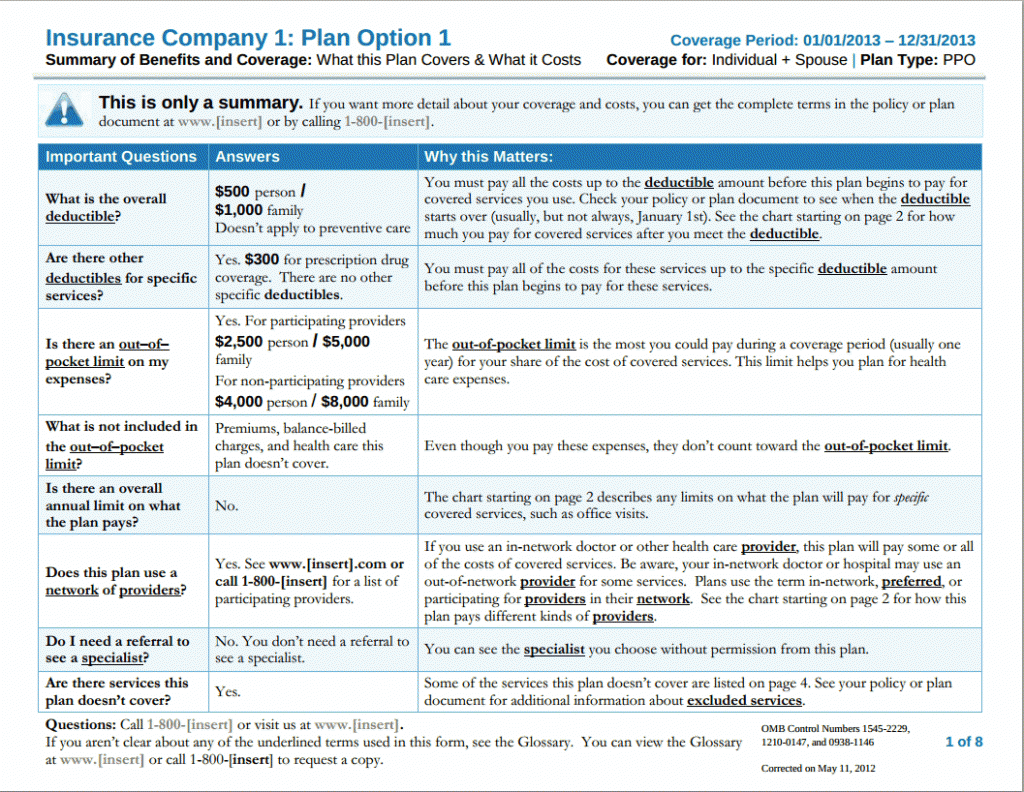Facts About Final Expense In Toccoa, Ga Uncovered
Facts About Final Expense In Toccoa, Ga Uncovered
Blog Article
Fascination About Annuities In Toccoa, Ga
Table of ContentsHome Owners Insurance In Toccoa, Ga - An OverviewThe Basic Principles Of Final Expense In Toccoa, Ga Affordable Care Act (Aca) In Toccoa, Ga Fundamentals ExplainedMedicare/ Medicaid In Toccoa, Ga Things To Know Before You Get This

1 and 3. 2 (Automobile Insurance in Toccoa, GA), for additional details. New immigrants represent a significant proportion of people without medical insurance. One evaluation has connected a considerable part of the current development in the size of the united state uninsured population to immigrants that got here in the country between 1994 and 1998 (Camarota and Edwards, 2000)
Wellness insurance coverage protection is a crucial element in a lot of designs that show accessibility to health care. The connection in between health and wellness insurance policy and access to care is well established, as documented later on in this chapter. The relationship in between health and wellness insurance policy and health and wellness outcomes is neither straight nor easy, a substantial scientific and health and wellness services research literature web links wellness insurance coverage to improved accessibility to care, much better high quality, and enhanced personal and populace health and wellness status.
Annuities In Toccoa, Ga Things To Know Before You Buy
The problems dealt with by the underinsured are in some areas similar to those faced by the uninsured, although they are typically much less severe. Uninsurance and underinsurance, nonetheless, involve clearly different plan problems, and the approaches for addressing them might differ. Throughout this research and the five records to follow, the main emphasis is on individuals with no medical insurance and therefore no aid in paying for wellness care beyond what is readily available with charity and security net establishments.

Medical insurance is an effective element influencing receipt of treatment since both patients and doctors react to the out-of-pocket cost of solutions. Health and wellness insurance coverage, however, is neither needed nor adequate to get to clinical services. However, the independent and direct impact of medical insurance coverage on accessibility to wellness services is well developed.
Others will obtain the health and wellness treatment they require also without medical insurance, by spending for it expense or seeking it from carriers that use treatment free or at highly subsidized prices - Automobile Insurance in Toccoa, GA. For still others, health insurance coverage alone does not guarantee invoice of treatment as a result of various other nonfinancial barriers, such as an absence of wellness care providers in their neighborhood, restricted accessibility to transport, illiteracy, or linguistic and cultural differences
Getting My Medicare/ Medicaid In Toccoa, Ga To Work
Official research study concerning without insurance populations in the United States dates to the late 1920s and early 1930s when the Committee on the Expense of Medical Treatment generated a collection of records about financing medical professional workplace check outs and hospital stays. This problem became salient as the numbers of medically indigent climbed during the Great Anxiety.
Empirical research studies constantly support the web link between accessibility to care and enhanced health end results (Bindman et al., 1995; Starfield, 1995). Having a routine resource of care can be considered a forecaster of gain access to, rather than a direct measure of it, when wellness outcomes are themselves utilized as access signs.
Not known Details About Commercial Insurance In Toccoa, Ga

Although emergency departments are represented as a costly and inappropriate website of medical care services, lots of uninsured people look for care in emergency divisions due to the fact that they are sent out there by various other healthcare suppliers or have nowhere else to go. Emergency treatment specialists suggest that the country's emergency situation departments not just function as providers of last hope however are a crucial entrance point into the healthcare system (O'Brien et al (https://jstinsurance1.gitbook.io/thomas-insurance-advisors/)., 1999)
Phase 2 provides an overview of just how employment-based health insurance policy, public programs and private insurance coverage run and connect to provide extensive yet insufficient protection of the U.S. populace. This consists of an evaluation of historic trends and public laws influencing both public and personal insurance, a conversation of the communications among the various kinds of insurance coverage, and an assessment of why people relocate from one program to one more or finish up without any coverage.Chapter 3 synthesizes existing details to come to a composite summary of the uninsured: What qualities do individuals without protection frequently share? Where do the uninsured real-time? The chapter additionally provides information concerning the danger of being or becoming without insurance: Just how does the possibility of being without insurance modification relying on chosen features, such as racial and ethnic identity, see this page country or urban residency, and age? What are the possibilities for specific populaces, such as racial and ethnic minorities, rural citizens, and older working-age individuals, of being uninsured? Just how does the chance of being without insurance change over a lifetime? Along with characterizing the chance of being uninsured in regards to a solitary dimension, such as sex, age, race, job status, or geographical region, Phase 3 Offers the results of multivariate analyses that use an even more helpful representation of the factors that add to the chances of being without insurance.
Report this page